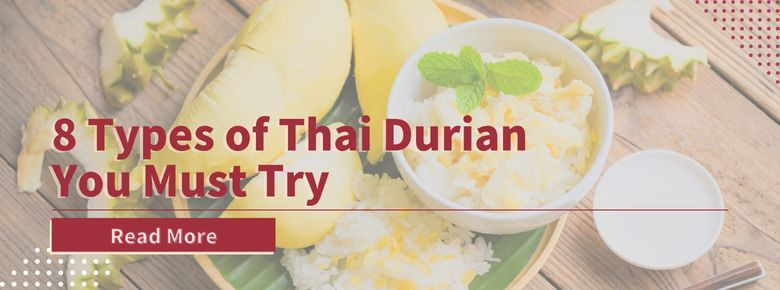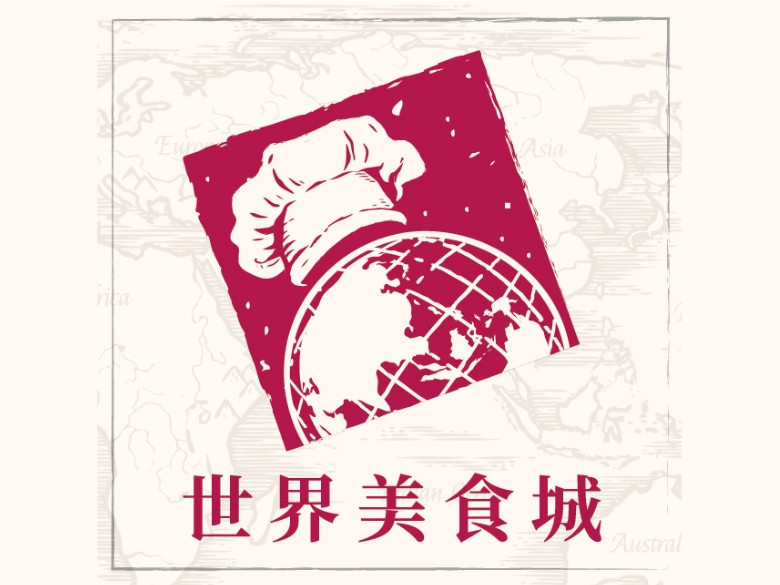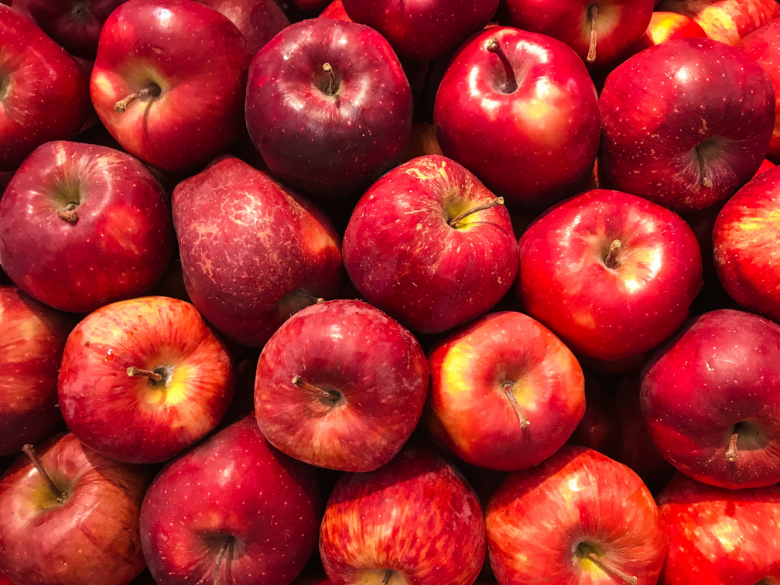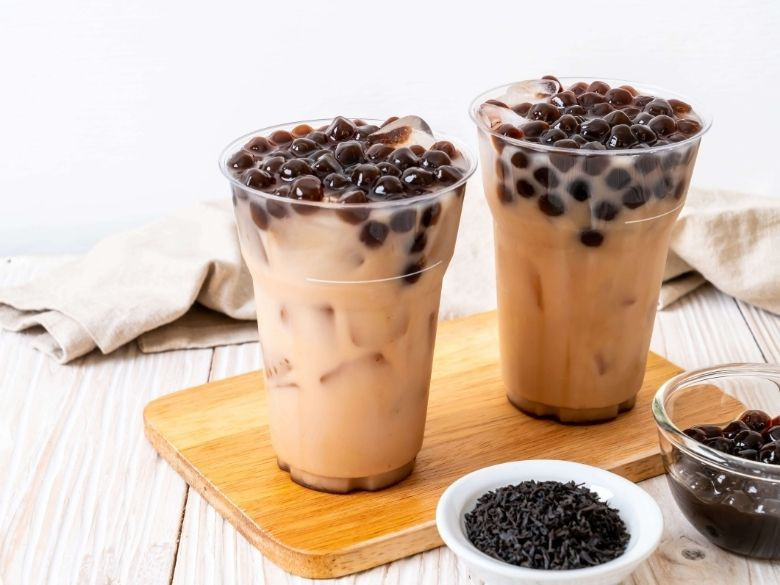Why Do People Love This Stinky Fruit? 5 Most Common FAQ for Durians
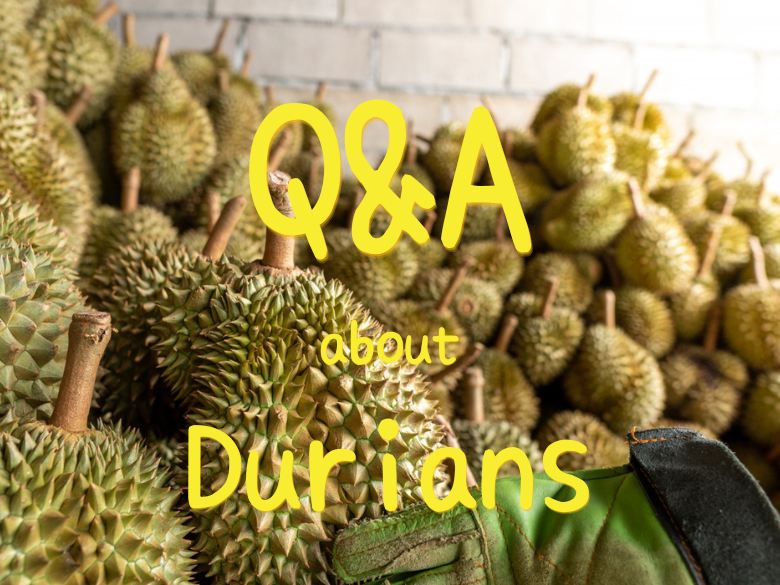
Unlike other delightful fruits, durian finds a footing in the market with its distinct shape and unforgettable odor. In terms of the variations of durians and ways to eat them, here we have intriguing facts to share. This time, we collected the 5 most common questions about durian, in the hope of bringing readers a greater understanding of this tropical fruit.
Question List:
- Why is durian so popular if it is stinky?
- Why do I mostly see Musang King and Monthong durian at sale?
- What does “D” stand for in the naming of Malaysian durians?
- What should I do if I want to taste the flavor of durian yet don’t dare to try real ones?
- What will happen if I eat durian and drink alcohol?
Q1: Why is durian so popular if it is stinky?
To anyone’s surprise, people hold polarized opinions on the taste of durian. Some crave for it the moment they try it while others flee away from it the moment they smell it. What is the exact cause of the huge gap between the love and loathing for durians? The answer hides in a rare amino acid that is one of the rich chemicals in durian: ethionine.
When durian ripens, the plant enzymes will catalyze the reaction of ethionine to emit aroma compounds. The riper the durian is, the stronger the distinct smell will be. Two of the most unique aromatic chemicals are ethyl pentanoate and ethanethiol. The former emits a fruity fragrance, yet the latter the smell of onion. The combination of the two aromas is basically the smell of a durian. In conclusion, the overall experience of tasting a durian totally depends on which aromatic chemicals smell stronger for the eater.
What’s more, durian also contains 44 other aromatic compounds, each of which emits a recognizable smell such as the smell of skunk, caramel, rotten cabbage, and honey. Eating durian is like drawing a lottery. Your experience is determined by the sensitivity of your taste buds. If you find durian unpleasant in flavor, don’t worry, at least you’re not alone.

Q2: Why do I mostly see Musang King and Monthong durian at sale?
Despite the stunning variety of durians in Southeast Asia, you might notice that most durian products are made of two types, Musang King and Monthing. Basically, the durian market is like a venue for the everlasting game of the two types to compete with each other. Then, what made the two types stand out in the fruit industry?
Musang King durian (D197) is an absolutely prestigious variation among durians. Its price had skyrocketed due to its high quality and even once became 8 times more expensive than the average price, led by the shortage in supply! The pulp has a beautiful golden color. The flavor is sweet with a hint of bitterness. And finally, the texture is pleasantly creamy. Among all durians, Musang King is the optimal type to present all the charms of durian. The palatable traits soon drew attention of Malaysia’s Ministry of Agriculture, and Musang King was therefore listed as an economic crop. Later when Musang King was introduced to China, the durian became prevalent in the Chinese world as well.
As for the origin of the name “Musang King” (meaning “king of civet mountain”), it is said that farmers in Malaysia tend to recognize the quality of durian with the assistance of civets. If civets smell superb durians, they’d react in utmost excitement. But in fact, the name is based on a county called Jajahan Gua Musang, located in the State of Kelantan, since the place is known for its habitats of civets.
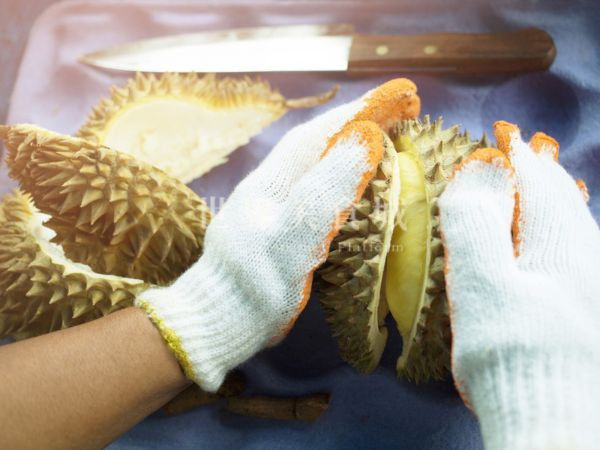
When Musang King is the king of durian in Malaysia, the same title in Thailand belongs to Monthong durian. Monthong durian is superior to other durians in terms of sweetness and freshness. Besides its mild smell, Monthong also provides a high chance to have small seeds. Nowadays, Malaysian and Thai people tend to diss each other’s fruits, but one thing Malaysian people can’t deny is that 19 of the regulated economic crops in the early days were imported from Thailand.
In addition to the flavor, the low difficulty of cultivation is another reason for Monthong’s popularity. Last but not least, traditionally speaking, Monthong durian has medical benefits, which further strengthens its footing.
Of course, there are more notable variations besides Monthong durian in Thailand. Click the link below for more information.
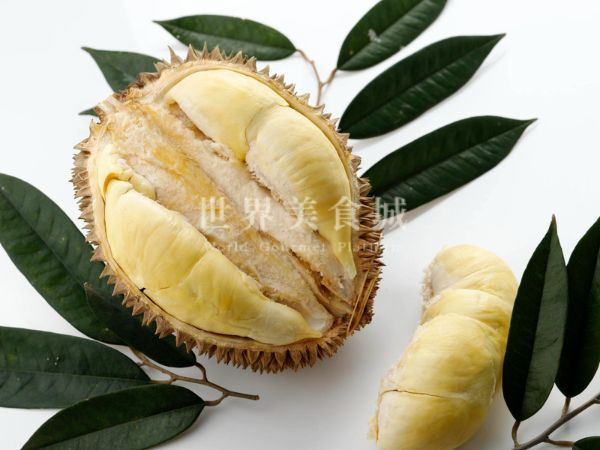
Q3: What does “D” stand for in the naming of Malaysian durian?
Those who have tried Malaysian durians may wonder: why does every variation of durian have a “D” in their “codes”?
The answer is quite simple: every newly cultivated type will be sent to Malaysia’s Ministry of Agriculture for registration. The alphabetic code is based on either the English or Malay name of the fruit. The “D”, apparently, stands for “durian”. Other fruits also have their own alphabetic codes. For example, “R” stands for “rambutan”; “PO” stands for “pomelo”; “B” stands for “belimbing (starfruit)”. Some fruits would be labeled by the initial letters of their scientific names as well. For instance, the code of pineapple is “AC (Ananas Comosus)”.
The following numeric codes tell the order of registration. The smaller the number is, the earlier the durian was registered. The earliest type D1 is produced in Daerah Hulu Langat, Selangor, and was registered in 1934. Here are the codes of the most popular durians:
- D24 Sultan Durian
- D101 Red Flesh Durian
- D175 Red Prawn Durian
- D197 Musang King Durian
- D198 Golden Phoenix Durian
- D200 Black Thorn Durian
Q4: What should I do if I want to taste the flavor of durian yet don’t dare to try real ones?
Plenty of food cravers may wonder what durian tastes like. Yet, when they pick up an actual durian pulp, its strong odor and distinctively creamy texture might scare off them. Then, what can be alternative ways to taste durian?
Don’t worry, there are more lifesavers than you can ever imagine; besides eating durian fresh and raw, the food industry has developed unique products that fuse with durian. In Asia, where there are durians, even imported ones, there are durian-related products developed by lots of patisseries. Durian ice cream, durian cookies, dried durian……even without having the real one, you still have access to try the flavor of durian.
Even every year, Southeast Asian countries release ice crust durian mooncake gift boxes, exclusive to Mid-Autumn Festival. In contrast to greasy baked traditional Cantonese mooncakes, ice crust mooncakes make great cold desserts in tropical countries. This type of mooncake is especially popular in Malaysia and Singapore.
Q5: What will happen if I eat durian and drink alcohol?
You probably have heard on the internet that it’s fatal to drink alcohol after eating durian. This seeming nonsense is, however, a truth!
According to a study from Japan, durian has a kind of enzyme called acetaldehyde dehydrogenase, a substance that can suppress enzymes in the liver. The enzyme can reduce alcohol metabolism rate by 70%, resulting in alcohol poisoning due to excessive accumulation in the liver. If the durian is overripe, the pulp would start fermenting and therefore produce more alcohol; as soon as the overripe durian is consumed along with alcoholic drink, the body will intake a doubled amount of alcohols that can’t be metabolized.
In fact, at the beginning of May this year (2022), a Thai young man suddenly died of having durian and beer. Before his demise, he’s in great physical condition. After he drank the beer, he started feeling dizzy and eventually stopped breathing. So if you want to eat durian, be careful with the drink you’re going to have!
Intriguing Facts about Durian
Have these facts about durians amazed you? Though durian per se is enough for provoking discussions, but thanks to the recent development of the food industry in Asia, more high-quality relevant products can be seen in the market.
What’s your favorite type of durian? Leave a comment on the Facebook page of World Gourmet Platform!

